Anime heroes tend to be pinnacles of hope, goodness, and moral righteousness. These characters are generally the good guys in their stories, and they’re expected to stand up for what’s right while fighting those who would do wrong. However, not all anime heroes have such clean and saintly reputations.
Like people in real life, some anime heroes are messy and don’t neatly fit the good-and-bad binary. Some have a checkered past they’d rather forget. Others committed morally wrong crimes for the greater good. This variety of motivations and attitudes creates richer, more layered characters — even if their actions could be controversial, to say the least.
Updated on April 11, 2023 by Angelo Delos Trinos: Because of factors like time, current events, and cultural differences, most (if not all) anime heroes can become problematic seemingly overnight. This doesn’t mean that they’re bad and should be condemned to obscurity. Instead, their questionable aspects need to be acknowledged and examined. This list was updated to include more heroes who are more problematic than their fans and creators anticipated.
This article contains mentions of abuse and other sensitive topics. Please proceed with caution.
20 Porygon
Pokémon: The Series

Porygon went down in history as one of the few anime characters who inspired a health scare. For the longest time, the Pokémon episode “Electric Soldier Porygon” was the first and last time Porygon was seen because it induced seizures among viewers. However, these were actually Pikachu’s fault, not Porygon’s.
Pikachu used Thunderbolt to stop a missile barrage which caused the seizures. But since Pikachu was the well-adapted Pokemon’s mascot, the blame was shifted to Porygon. After he was effectively erased from canon and thanks to the ensuing urban legends, Porygon became one of the most “problematic” Pokémon in existence.
19 Mr. Popo
Dragon Ball

Whether Dragon Ball creator 706z87″ title=”akira”>Akira Toriyama intended it or not, Mr. Popo looked like a racist depiction of Black people from the 1800s. Mr. Popo looked and acted like a blackface character, and this sparked controversy. In response, Mr. Popo’s skin color was switched from black to blue in the rewatchable Dragon Ball‘s early Western broadcasts.
Over time, the reaction to Mr. Popo calmed down. Some excused Mr. Popo’s appearance since he was an alien, while others saw him as the unintended side effect of the Japanese population’s lack of diversity. While he’s not as controversial as before, Mr. Popo is still seen as a relic of certain prejudices that sadly haven’t died out.
18 Endeavor
My Hero Academia

As the Number 2 Pro Hero, Endeavor was obsessed with becoming Number 1 in My Hero Academia. This sole obsession led to him making many bad decisions that ruined his family’s lives. Endeavor’s arranged Quirk marriage to sire a child with a strong Quirk was the catalyst for the Todoroki family’s pain.
Besides being a eugenicist, Endeavor was an abusive father. It was only when All Might retired that Endeavor even began reevaluating his sins, but it was too late for him. For what it’s worth, My Hero Academia didn’t spare Endeavor from harsh criticism and development, but the fact that he’s still a hero cast some doubt among fans.
17 Mikasa Ackerman
Attack on Titan

The otherwise universally beloved and popular Attack on Titan became controversial thanks to its political themes and gender depictions. Mikasa Ackerman was the most divisive example of the latter. Despite being one of the anime’s most competent and proactive characters, Mikasa was submissive to Eren Yeager.
Mikasa’s devotion to Eren was rationalized by the fact that he saved her when they were kids. However, Attack on Titan‘s harshest critics felt this undermined Mikasa’s agency and potential. Some went as far as saying that her submissive personality was a romanticization of outdated gender roles.
16 Eren Yeager
Attack on Titan

Attack on Titan and its questionable ending started with Eren Yeager wanting to kill all Titans to avenge his mother. However, as the anime went on, he fell deeper into despair and downright villainy. By the final season, Eren transformed from a kid with a wish to go beyond the walls to someone willing to kill all of humanity.
Eren saw the world as his enemy, and he felt that the only way for the Eldians to be truly free was to kill everyone else. Though he justified his genocide by saying what he is doing is for his friends, it does not excuse the bloodshed he caused. Eren quickly went from the newest anime hero to the most terrifying villain of the 2010s.
15 Ciel Phantomhive
Black Butler

On the surface, Ciel Phantomhive from Black Butler seems like a kid who got into a questionable contract with a demon. However, he cannot be described in simple terms. As the Queen’s Guard Dog, Ciel was tasked to stop bad things from happening and do good. He did this by getting his hands bloody.
Ciel often disregarded orders, and this almost always ended in a massacre. For example: during the Circus Arc, Ciel ended up killing almost everyone in the circus, including the kids he was supposed to save. Ciel’s tragic backstory may somewhat explain his demeanor, but his penchant for violence rubbed fans the wrong way.
14 Ken Kaneki
Tokyo Ghoul

Ken Kaneki from Tokyo Ghoul didn’t have an easy life. He was turned into a half-Ghoul after an accident, which changed his life forever. Later, he was tortured so much that he lost his sense of self and previous humanity. Ken survived, only to come out of the experience as one of the deadliest Ghouls alive.
While this may explain Ken’s later actions, it does not absolve him of guilt. Some of Ken’s atrocities include working with the Ghoul terrorist faction Aogiri Tree, and even cannibalizing human and Ghoul flesh. Ken became what he feared most and made viewers question his nominal “heroism,” but he thankfully snapped out of this darkness.
13 Hawks
My Hero Academia

On the surface, Hawks seemed like the perfect hero in My Hero Academia. He was charismatic, efficient, and had a genuine desire to serve the greater good. However, there was a dark side to him. In truth, Hawks was the kind of hero who protected the status quo at any cost — even if the price was someone’s life.
Though his reasons were understandable and somewhat justified, Hawks killing Twice and martyring him was irredeemable in both characters’ and viewers’ eyes. Not helping matters was that Hawks killed the League of Villain’s least evil member to uphold a corrupt society. Even All For One pointed out Hawks’ hypocrisy and empty morals.
12 Guren Ichinose
Seraph of the End

Guren Ichinose from Seraph of the End is full of red flags. While he genuinely cares for those he considers family, he is also dismissive of them. His actions are shrouded in mystery, and he never says what he truly thinks. Because of this, Guren comes across as more untrustworthy than he may have intended to.
It’s clear that Guren truly wants to do what is right, despite his shortcomings. It doesn’t help that the sword containing the spirit of his dead girlfriend is slowly possessing him. This slow possession makes his actions even more erratic, and he constantly teeters on the line of friend or foe.
11 Koro-Sensei
Assassination Classroom

Koro-sensei from Assassination Classroom is loved by both his students in Class 3-E and the audience. Over the course of the series, he grew on the students, and they all came to cherish Koro-sensei. However, for all the good he did as 3-E’s teacher, it doesn’t wash away the fact that he used to be a deadly assassin.
Previously, Koro-sensei was one of the government’s best hired killers. His skills were unrivaled, and he took to assassination with vigor. Assassination Classroom was Koro-sensei’s series-long redemption, but it was still difficult for some characters and viewers to accept the goofy teacher and his bloody past.
10 Gajeel Redfox
Fairy Tail

Gajeel from Fairy Tail became a well-beloved character over the course of the series. However, he didn’t always start out that way. Gajeel was originally introduced as Fairy Tail‘s enemy. He literally hanged Levy on a tree with his nails and fought Natsu. Gajeel was so vicious that his invitation to Fairy Tale shocked many.
For what it’s worth, Gajeel proved himself to be an ally and a friend to Fairy Tail. He also quickly became an interesting character who grew beyond his initial villainy. That said, it was still hard for some of the detrimentally popular Fairy Tailfans to accept that one of the heroes’ deadliest enemies was redeemed at all.
9 Roy Mustang
Fullmetal Alchemist: Brotherhood

Roy Mustang isn’t just a fan-favorite Fullmetal Alchemist: Brotherhood hero, but one of the most beloved anime characters of the 2000s as well. Roy was both an impressive fire alchemist and an admirable hero. However, Roy took part in the controversial Ishval Civil War and committed reprehensible war crimes.
Roy was part of Amestris’ plan to exterminate the Ishvalan people. He was complicit in their extinction, and he knows it. Despite his many heroics and genuine cause, Roy was still a war criminal. To his credit, Roy dedicated himself to giving reparations to the surviving Ishvalan people and making up for Amestris’ mistakes.
8 Osamu Dazai
Bungou Stray Dogs

Osamu Dazai from Bungou Stray Dogs was initially portrayed as a silly, albeit capable, member of the Armed Detective Agency. He is dedicated to helping Atsushi out and doing good with the ADA. However, Dazai wasn’t always like this. In the early days with the Port Mafia, Dazai didn’t have much of a moral code.
Previously, Dazai was cruel, verbally abusive, and relished in the violence the Port Mafia offered. He only changed after his friend, Odasaku, died. There was a sharp divide between Dazai’s dark past and his present silly nature. To some of the must-watch Bungou Stray Dogsfans, this was difficult to reconcile or accept.
7 Kuroko Shirai
A Certain Scientific Railgun

A running gag in A Certain Scientific Railgun is that Kuroko Shirai is romantically obsessed with her friend, Mikoto Misaka. This manifested in Kuroko going to extreme lengths to trick Misaka into a date or catch her in compromising situations. At best, these were raunchy jokes. But most of the time, they came across as harassment.
Unlike most other perverted anime heroes, there was more to Kuroko than just her kinks. However, the fact that she and Mikoto were minors who were placed in often overly sexualized scenarios raised concerns. Kuroko constantly interfering in Misaka’s obvious crush on Kamijou Touma also didn’t help her case.
6 Minoru Mineta
My Hero Academia

For whatever reason, lecherous comic reliefs are an anime staple. My Hero Academia‘s Minoru Mineta is arguably the most infamous example of this trope in action. Not only are his motivations partly rooted in his kinks, but his personality is defined by his perversions. These were then treated as fun or heroic.
Even though it could be argued that Mineta’s behavior was somewhat justified by his age and immaturity, many still took issue with how the often hard-hitting My Hero Academia gave him a free pass. The fact that most of the anime’s characters were underage high schoolers only made everything more uncomfortable.
5 Chikane Himemiya
Destiny of the Shrine Maiden

Destiny of the Shrine Maiden is one of the most influential and groundbreaking yuri anime around, but its legacy is always held back by the fact that Chikane Himemiya forced herself on her lover, Himeko Kurusagawa. Chikane barely faced any punishment, then she and Himeko started a relationship by the anime’s end.
At the anime’s time of release, yuri stories almost always killed one of the main lovers, and were generally chaste. Destiny of the Shrine Maiden pushed the envelope with these risqué plot beats. However, these dated the anime terribly. Today, it’s not uncommon to see viewers condemn the anime for romanticizing assault.
4 Seiichi Hiiragi
The Fruit of Evolution

In a vacuum, Seiichi Hiiragi was another unremarkable isekai hero and transparent audience avatar. What made him problematic were his and The Fruit of Evolution’s implications, which can be best summarized as eugenics. To wit, Seiichi was only treated by others and the story as “human” when he’s conventionally handsome.
At first, Seiichi was introverted and overweight. For this, he was called “subhuman.” But after eating the titular fruits, Seiichi “evolved” into a typically attractive and godlike version of himself. Whether The Fruit of Evolution intended it or not, itsrules confirmed that Seiichi really was “subhuman” until he conformed to rigid beauty standards.
3 Keyaruga
Redo of Healer

Redo of Healer and its wasted villains aren’t the first self-indulgent revenge fantasy, but it’s the most notorious. After rewinding time, Keyaruga used his limitless healing powers to exact revenge on the “heroes” who were cruel to him. He did this by assaulting and humiliating them. Technically, Keyaruga was the anime’s “hero.”
Keyaruga was also misogynistic. He objectified and manipulated any woman he met. His female allies were trophies to collect, while he saved the most degrading fates for the women who wronged him. Rui Tsukiyo wrote Redo of Healer in a tongue-in-cheek manner, but this didn’t tone down how problematic Keyaruga was.
2 Tanya Von Degurechaff
The Saga of Tanya the Evil

Modern isekai anime are (in)famous for their wish-fulfilling natures, and The Saga of Tanya the Evil is one of this trend’s most disturbing and problematic offenders. Through Tanya, certain viewers could live out their fascistic and militaristic dreams because she’s a thinly-veiled Nazi power fantasy.
The Saga of Tanya the Evil never bothered to examine its dark historical parallels because it encouraged them. Tanya’s war crimes and cruelty were justified and exalted at every turn. The fact that Tanya’s true identity (i.e. an adult man reincarnated as a young girl) isn’t her most problematic aspect is a miracle in and of itself.
1 Naofumi Iwatani
The Rising of the Shield Hero

Isekai anime are inherently self-indulgent and wish-fulfilling, but The Rising of the Shield Hero’s Naofumi Iwatani was seen as this trope’s most problematic modern extreme. Instead of being a simple vicarious power fantasy, Naofumi indulged viewers who felt they were oppressed by women and an unfair society.
Naofumi was also a chauvinist. The anime treated his submissive female companions nicely, but depicted more defiant women as evil or untrustworthy. Naofumi’s greatest wins were clearing his name of false sexual assault charges and asserting dominance on the despicable Princess Malty Melromarc. These emphasized his very male-coded wish fulfillment.
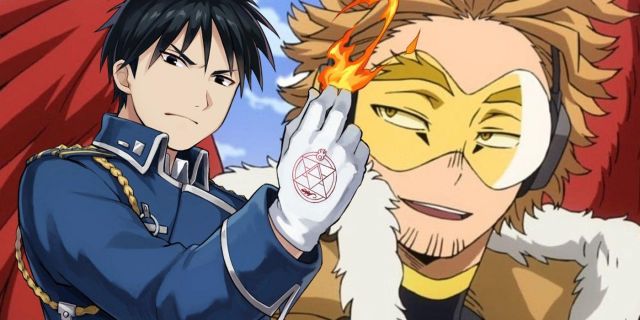
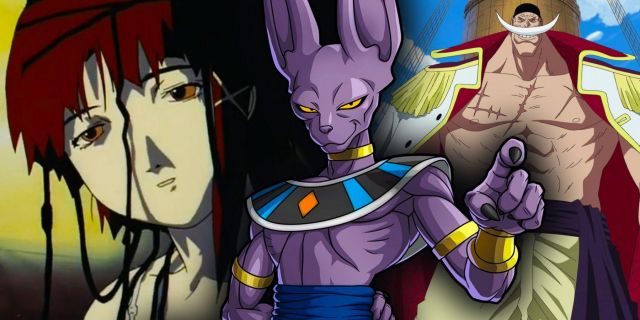


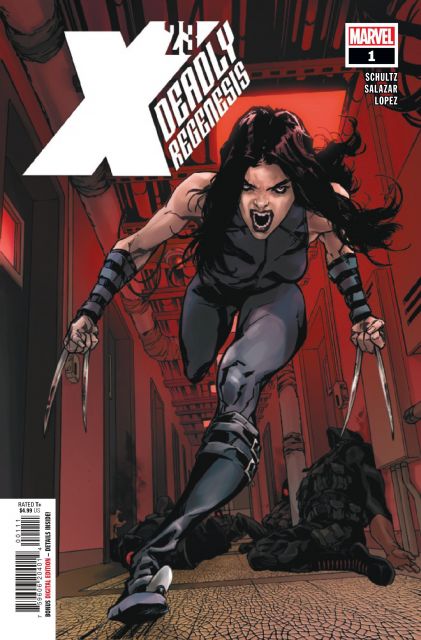
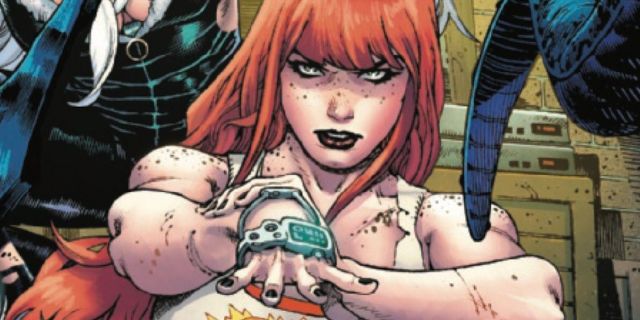
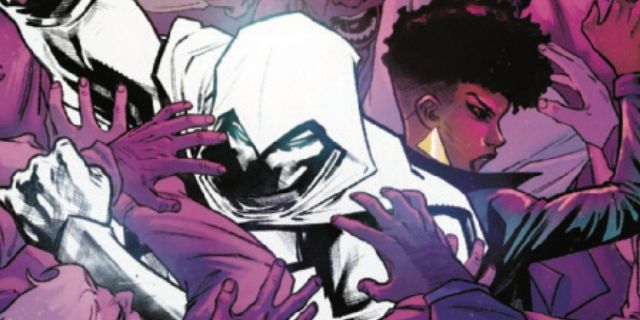


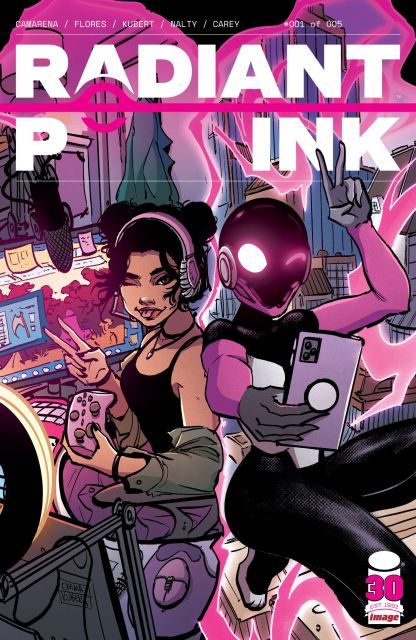





Leave a Reply